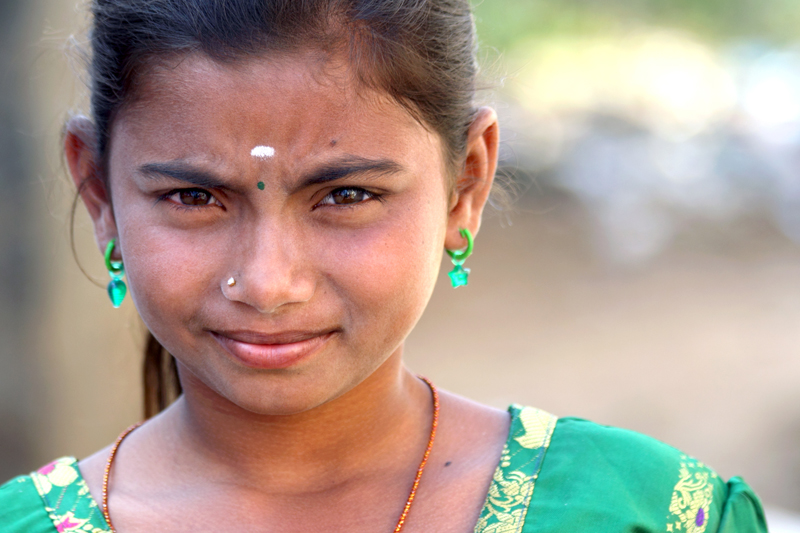Stop Cervical Cancer Before it Starts
Prevents cervical cancer.
Is safe and effective.
Is highly cost-effective and endorsed by WHO as a “best buy”.
Is recommended for girls age 9-14 for maximum effectiveness.
Is recommended in two doses, six months apart, for girls age 9-14.
Is a key component for ensuring a world without cervical cancer.
